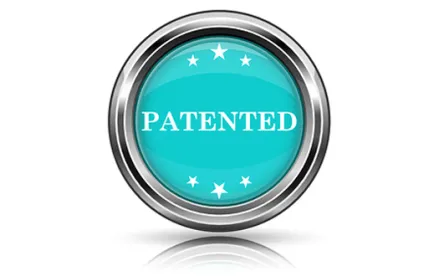Addressing the pleading standard under which a joint patent infringement claim must be reviewed, the US Court of Appeals for the Federal Circuit affirmed the dismissal of a complaint of patent infringement, finding that the pleading requirements set forth in Iqbal and Twombly, rather than those set forth in Form 18, govern claims of joint patent infringement. Lyda v. CBS Corp., Case No. 15-1923 (Fed. Cir., Sept. 30, 2016) (Stoll, J).
Prior to the abrogation of Form 18 on December 1, 2015, Edwin Lyda sued CBS alleging patent infringement. Lyda’s amended complaint alleged that the patent infringement was carried out by an independent contractor (under the direction and control of CBS) and unnamed third parties (under the direction and control of the independent contractor). CBS moved to dismiss the amended complaint for failure to state a claim under Fed. R. Civ. P. 12(b)(6).
The district court determined that the allegations in the amended complaint regarding an “independent contractor” implicated a theory of joint—rather than direct—patent infringement. The district court noted that the pleading standard for direct patent infringement (prior to December 1, 2015) is found in Form 18, but the Federal Circuit has never articulated the pleading standard for joint patent infringement claims. The district court observed, however, that sister courts generally have found that Form 18 does not apply to joint infringement claims, and granted CBS’s motion to dismiss, finding that the allegations of patent infringement in the amended complaint were too vague to satisfy even the “generous” Form 18 pleading standard. Lyda appealed.
The Federal Circuit affirmed, agreeing that Form 18 does not apply to joint infringement claims, which must be evaluated under the more rigorous pleading standard set forth in Iqbal and Twombly. Thus, to survive a motion to dismiss, a joint infringement claim must
. . . plead[] facts sufficient to allow a reasonable inference that all steps of the claimed method are performed and either (1) one party exercises the requisite “direction or control” over the others’ performance or (2) the actors form a joint enterprise such that performance of every step is attributable to the controlling party.
The Court concluded that the allegations in the amended complaint implicated a theory of joint infringement but did not satisfy the Iqbal and Twombly pleading standard.
Practice Note: On December 1, 2015, as part of the amendments to the Fed. R. Civ. P., Rule 84 and its appendix of forms were abrogated. For all cases filed since that date, including cases alleging only direct infringement, litigants should understand that the complaint must meet the plausibility standard.
Elizabeth Teter is co-author of this article.




 />i
/>i

